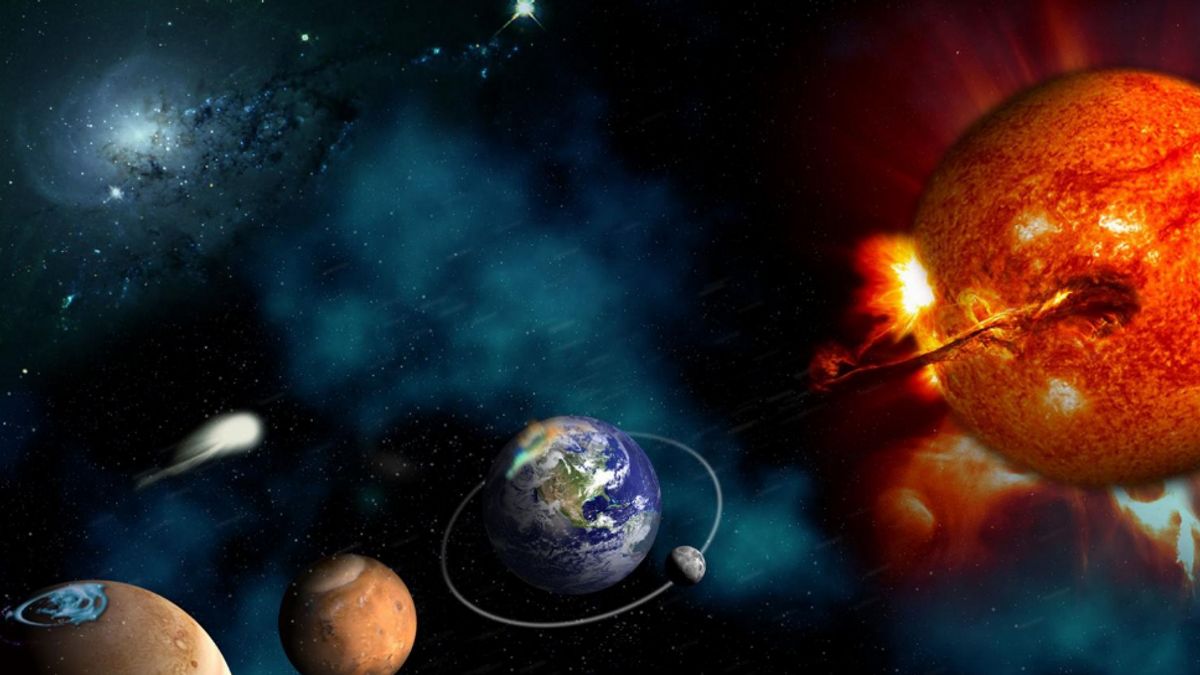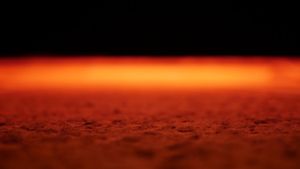JAKARTA – Astronomers predict the sun will end its life. The sun is currently 4.6 billion years old and is expected to die at the age of 10 billion years. Astronomers predict the death of the sun after observing other stars as reported by Science Alert.
When it is 5 billion years old, they also predict that the sun will become a red giant because the sun's core will shrink, while the outer part will expand to devour the Earth, if planet Earth is still around when the event occurs.
Science Alert reveals, what is certain is that life on Earth no longer exists. It is also estimated that human life has a billion years left unless humans can create a way out to avoid annihilation. Because the brightness of the sun will increase 10 percent per one billion years.
Although the number is not so large, it could end human life on planet Earth. As a result, the oceans will evaporate and the Earth's surface will become too hot to form water.
A 2018 study using computer modeling found the possibility of the sun shrinking into a white dwarf and ending its life as a nebula. The research is believed to occur in 90 percent of other stars.
SEE ALSO:
“When a star dies, it ejects a mass of gas and dust, known as a shroud, into space. It can reach half the mass of a star. This reveals the stellar core, at which point stellar life is running out of fuel, being extinguished, and before finally dying," said Albert Zijlstra, an astrophysicist and author of the study from the University of Manchester, UK.
“Only then did the hot core make the ejected envelope glow brightly for 10 thousand years, a short period in astronomy. This is what makes planetary nebulae visible. Some are so bright they can be seen from great distances up to tens of millions of light-years, where the stars themselves are too dim to see."
To predict the end of the sun's life, the research team predicted the life cycles of various stars, observing the brightness of the nebula in relation to the masses of different stars. In the universe itself, there are various nebulae such as the Helix Nebula, Cat's Eye Nebula, Ring Nebula, and Bubble Nebula.
“Old low-mass stars should form much fainter nebulae than younger, more massive stars. This has been a source of debate for the last 25 years,” said Ziljstra.
He also revealed the data could "get a bright nebula on a low-mass star like the sun, the model says it's impossible, anything less than about twice the mass of the sun would make the nebula too dim to see," he added.
The English, Chinese, Japanese, Arabic, and French versions are automatically generated by the AI. So there may still be inaccuracies in translating, please always see Indonesian as our main language. (system supported by DigitalSiber.id)
















